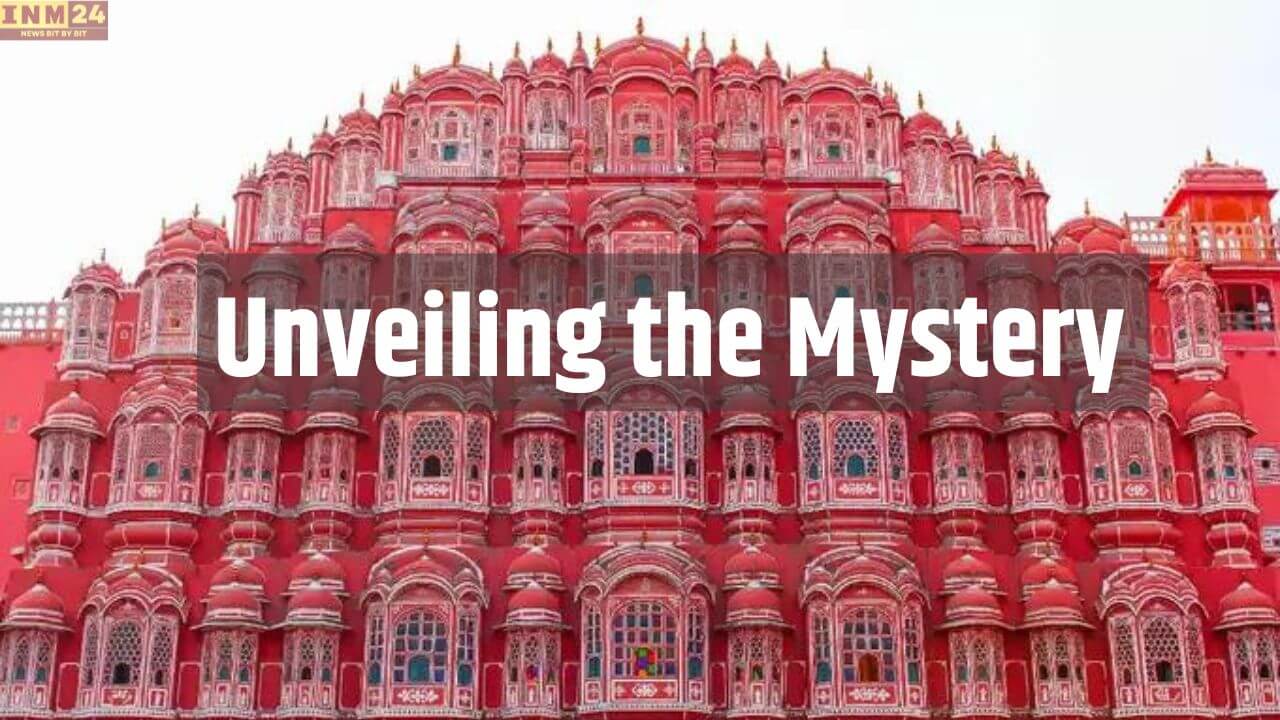Jaipur city boasts the presence of Hawa Mahal, an incredibly beautiful and captivating monument that attracts visitors from far and wide. It stands as the only structure in the world built without a foundation. However, do you know intriguing facts related to this architectural marvel?
Jaipur’s Pride, The Hawa Mahal
Jaipur, the capital of Rajasthan, is renowned for its vibrant culture, exquisite craftsmanship, and famous culinary delights. However, Jaipur’s Hawa Mahal adds another layer of allure, not just due to its historical significance but also for the enigma surrounding its front entry. Despite being a prominent tourist attraction, why is the front entry not open for public access? Let’s delve into some captivating aspects related to Hawa Mahal.
History of Hawa Mahal
Hawa Mahal, standing as a symbol of devotion to Lord Krishna, was commissioned by Maharaja Sawai Pratap Singh in 1799. The king, a devoted follower of Lord Krishna, envisioned this palace to be a resting place during the scorching summers. Interestingly, the name ‘Hawa Mahal’ translates to ‘Palace of Breeze,’ reflecting its purpose to allow a constant flow of air for comfort during the hot seasons. Even today, this palace stands as one of Jaipur’s most attractive tourist destinations, with its unique five-story structure leaning at an angle of 87 degrees due to the lack of a solid foundation.
Architectural Marvel of Hawa Mahal
The architecture of Hawa Mahal, designed by Lal Chand Ustad, is as fascinating as its name. The topmost part of the palace is accessible through ramps. However, the most captivating feature lies in its 953 small windows, known as ‘Jharokhas.’ These intricately designed windows served a dual purpose. They allowed royal women to witness street festivals and dramas without violating the purdah (veil) tradition prevalent at that time.
The Naming of Hawa Mahal
The naming of Hawa Mahal adds another layer of interest. It is said that the palace was named after its 5th floor, known as the ‘Hawa Mandir’ or ‘Palace of Breeze.’ Surprisingly, Hawa Mahal has no stairs, and all the floors are connected through inclined paths. This unique design prevents anyone from accessing the roof of the palace.
Entrance Enigma, Backdoor Access
One intriguing aspect of Hawa Mahal is that its entrance is not from the front but rather from the back. Tourists enter the palace through a majestic door located at the rear. The uppermost section of Hawa Mahal can be reached, allowing visitors to enjoy a panoramic view of Jantar Mantar, City Palace, and Sire Deori Bazaar. Inside the palace, there is also a museum showcasing historical artifacts.
The Hawa Mahal, with its rich history, architectural marvel, and unique entrance, stands as a testament to Jaipur’s cultural grandeur. Exploring this iconic structure is a must for anyone visiting the Pink City, offering a glimpse into the royal past and the ingenious design that has left visitors intrigued for centuries.
